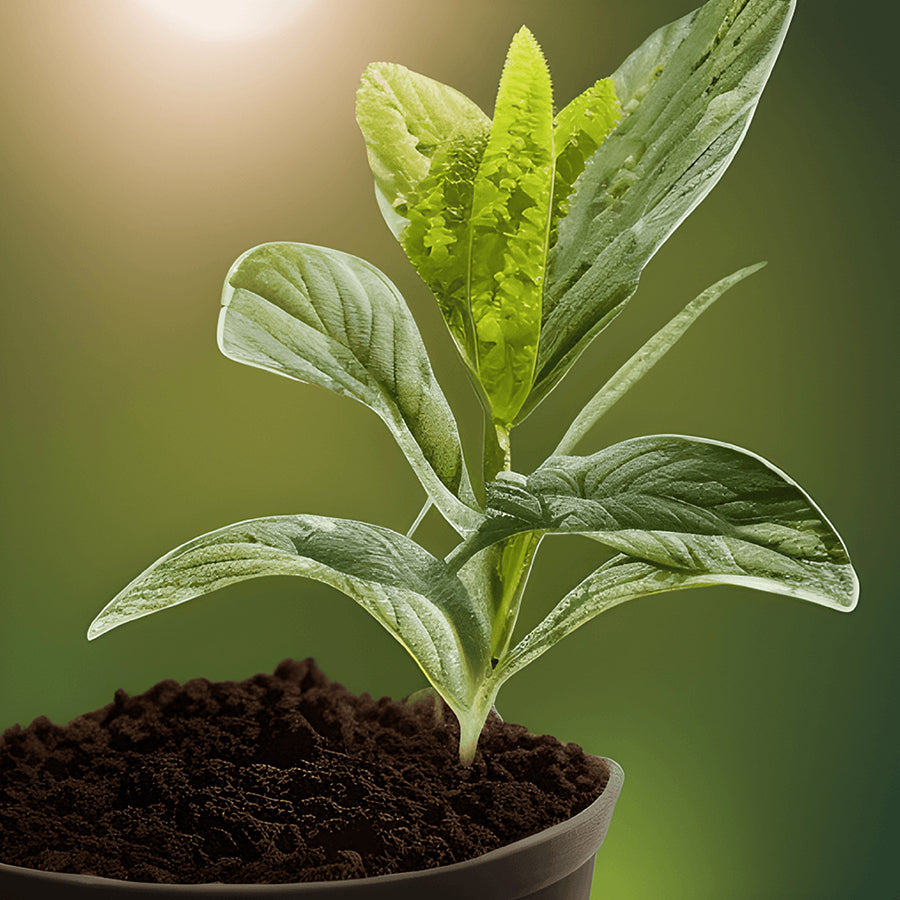
Kava, scientifically known as Piper methysticum, is a plant that thrives in the tropical climates of the South Pacific islands. Its cultivation and harvesting are integral to producing the high-quality kava used for its therapeutic and recreational purposes. Here’s a detailed look at how kava is grown and harvested:
Growing Kava
Climate and Soil:
- Climate: Kava plants flourish in warm, humid climates with temperatures ranging from 21°C to 27°C (70°F to 80°F). It requires ample rainfall, ideally between 2,000 to 3,000 millimeters annually.
- Soil: Kava grows best in well-drained, fertile soil with a pH range of 5.5 to 6.5. The soil should be rich in organic matter to support healthy root development.
Planting:
- Propagation: Kava is typically propagated through stem cuttings rather than seeds. Mature stems from healthy kava plants are cut into segments with several nodes each and then planted.
- Spacing: Cuttings are planted 1 to 2 meters apart to allow for sufficient growth and air circulation. They are usually planted during the wet season to ensure adequate moisture for root development.
Growth and Maintenance:
- Time: Kava plants take about three to five years to reach maturity, at which point they are ready for harvest. The plant can grow up to 3 meters (10 feet) tall.
- Care: Regular weeding and mulching are necessary to maintain soil fertility and moisture. Kava plants also benefit from partial shade, particularly in the early stages of growth.
Harvesting Kava
Timing:
- Maturity: Kava is typically harvested after three to five years when the roots and rhizomes have developed enough kavalactones, the active compounds responsible for its effects.
Process:
- Uprooting: The entire plant is carefully uprooted to avoid damaging the roots. This involves loosening the soil around the plant and pulling it out along with the root system.
- Cleaning: The roots and rhizomes are then cleaned thoroughly to remove any soil and debris. This is crucial for preventing contamination and ensuring the quality of the kava.
Processing:
- Cutting: After cleaning, the roots are cut into smaller pieces to facilitate drying. In some cases, the roots are pounded or grated.
- Drying: The kava pieces are dried in the sun or using low-heat methods to preserve the kavalactones. Proper drying is essential to prevent mold and degradation of the active compounds.
- Grinding: Once dried, the kava can be ground into a fine powder, which is the most common form for consumption. This powder can then be used to prepare traditional kava beverages or processed into supplements and other products.
Sustainable Practices:
- Replanting: Sustainable kava farming practices involve replanting cuttings from harvested plants to ensure a continuous supply and maintain ecological balance.
- Soil Management: Crop rotation and organic fertilizers help maintain soil health and productivity over the long term.
For more detailed information, you can refer to sources like the Kava Society and the University of Hawai'i at Mānoa College of Tropical Agriculture and Human Resources, which provide comprehensive guides on kava cultivation and processing.
